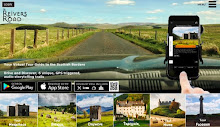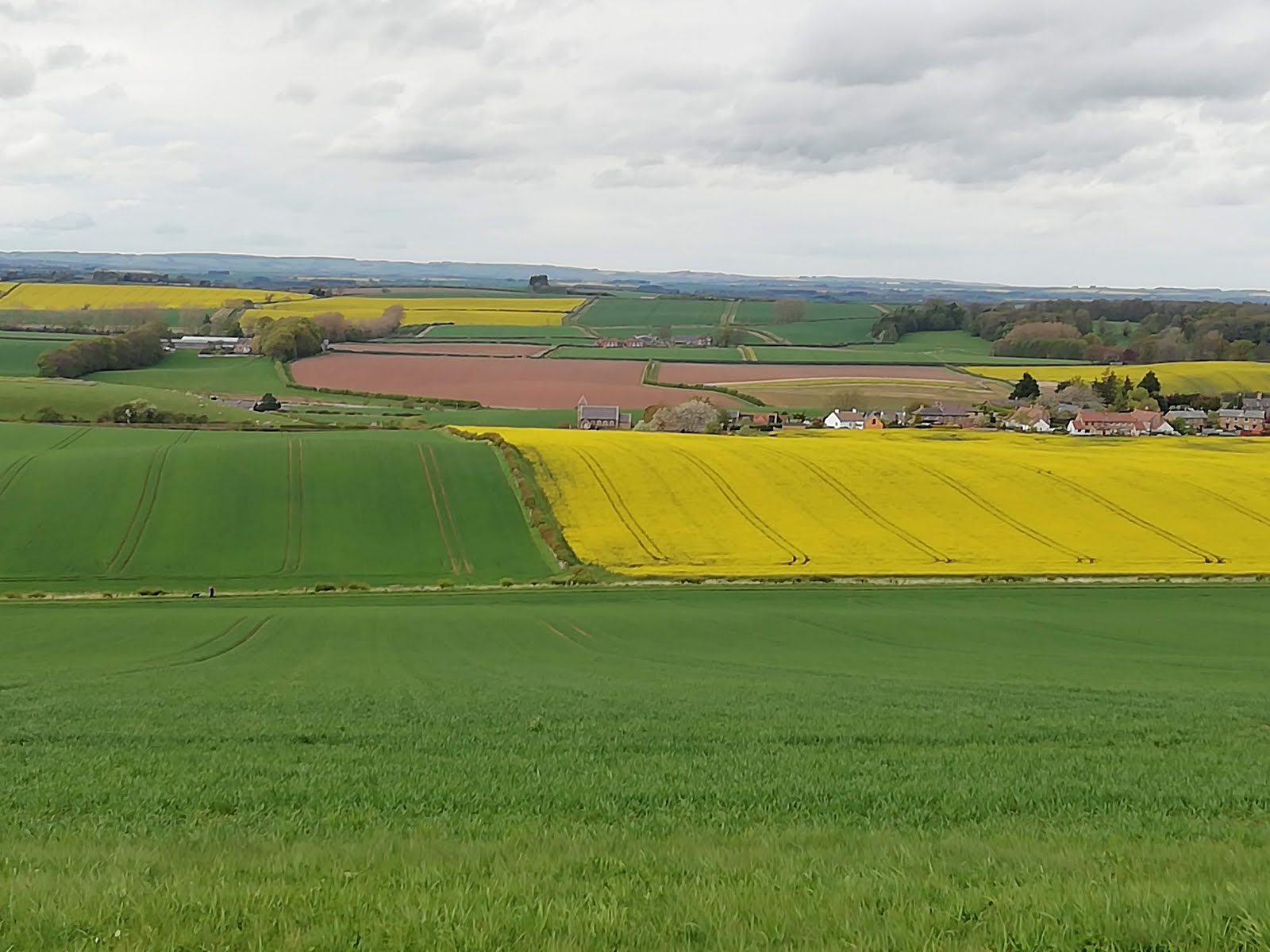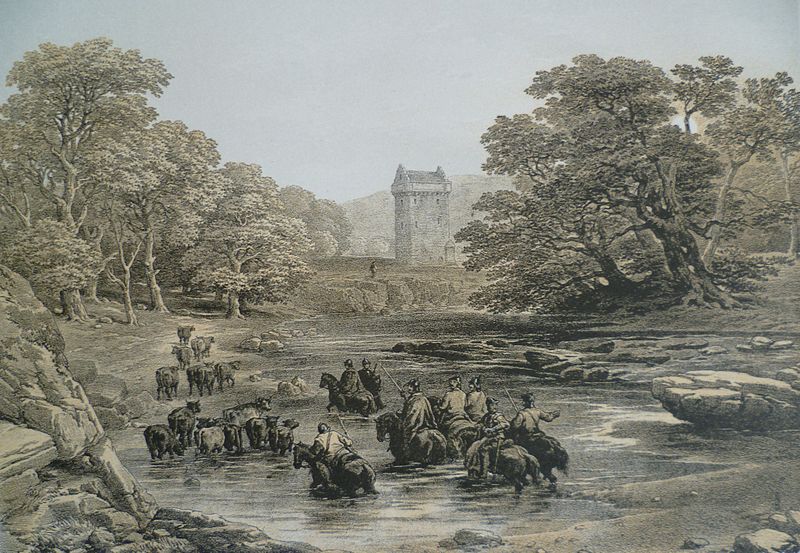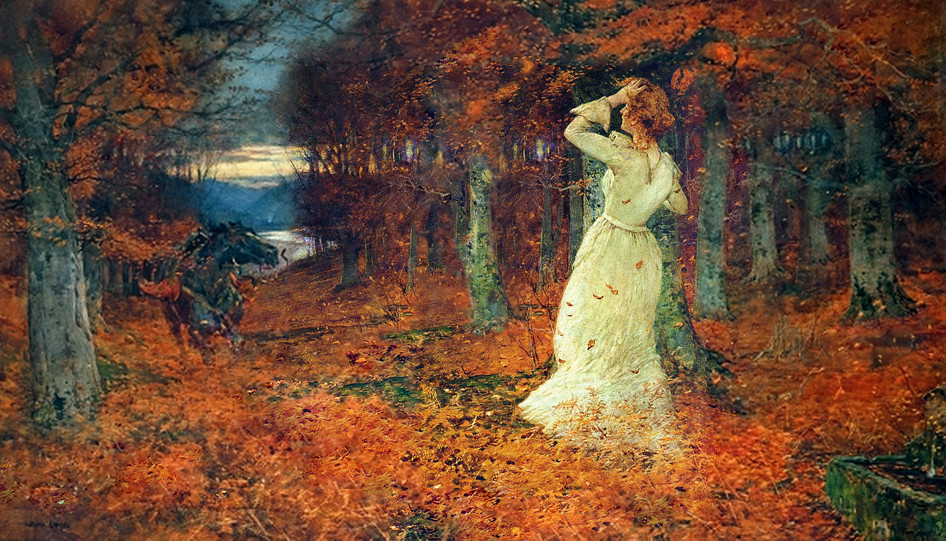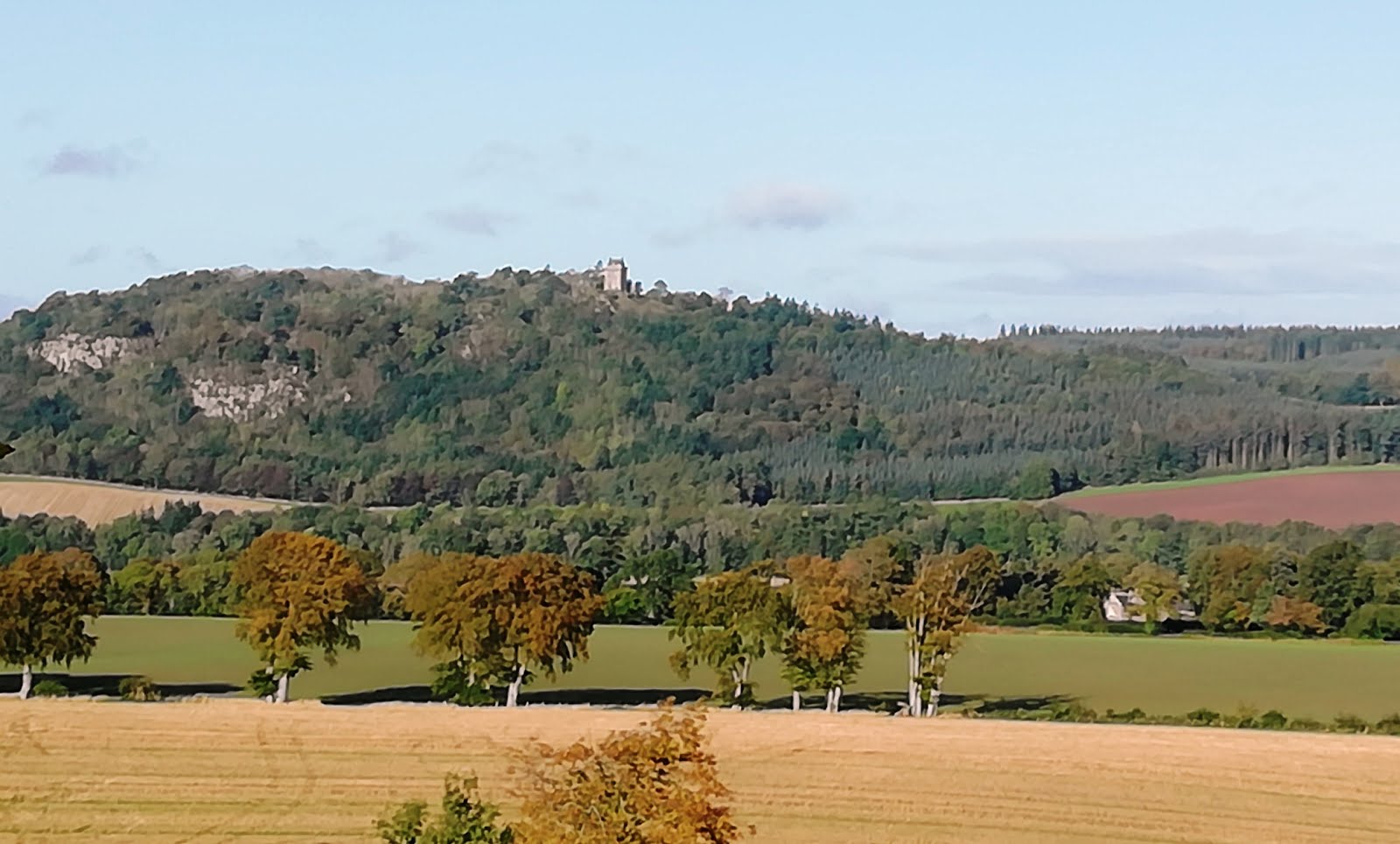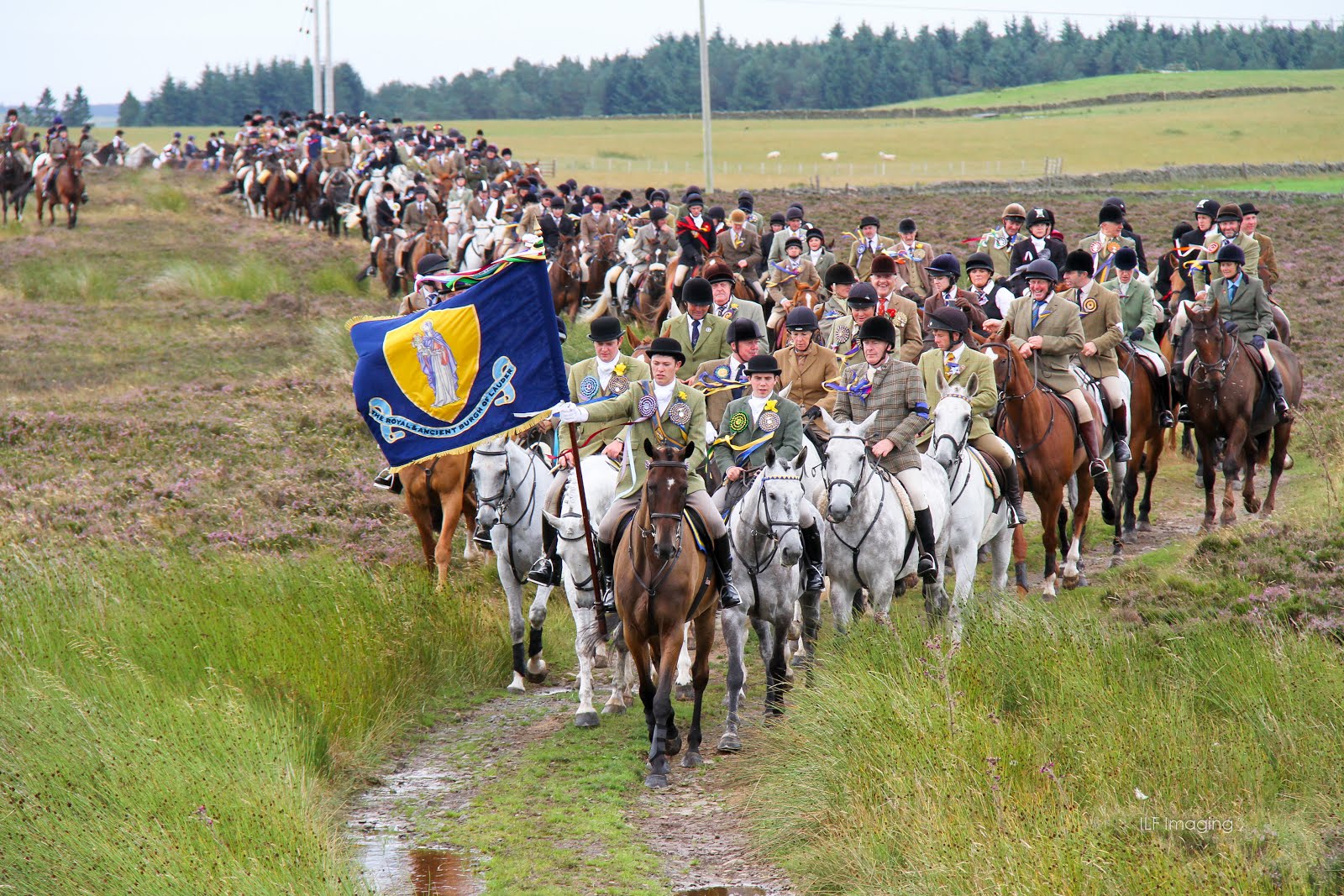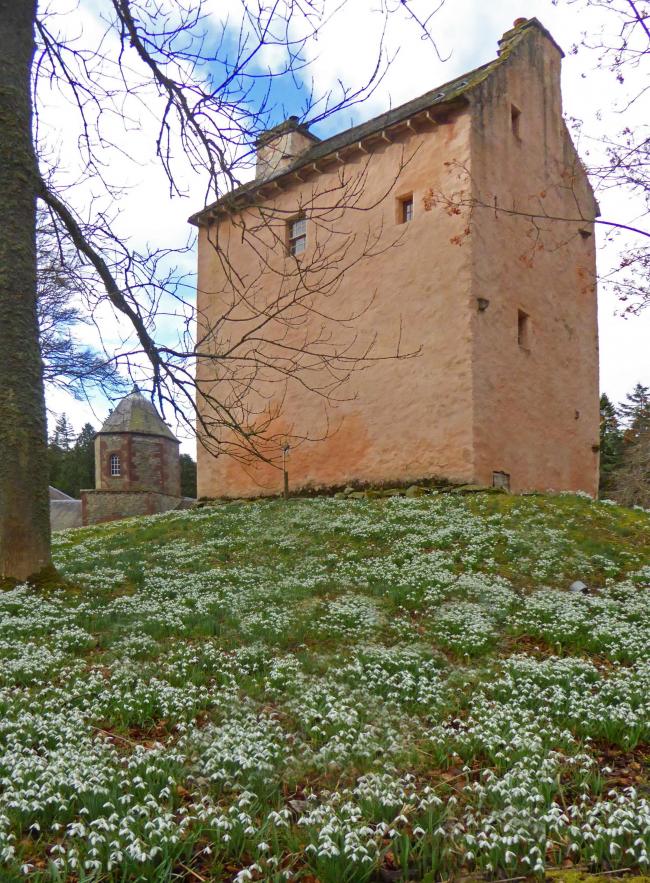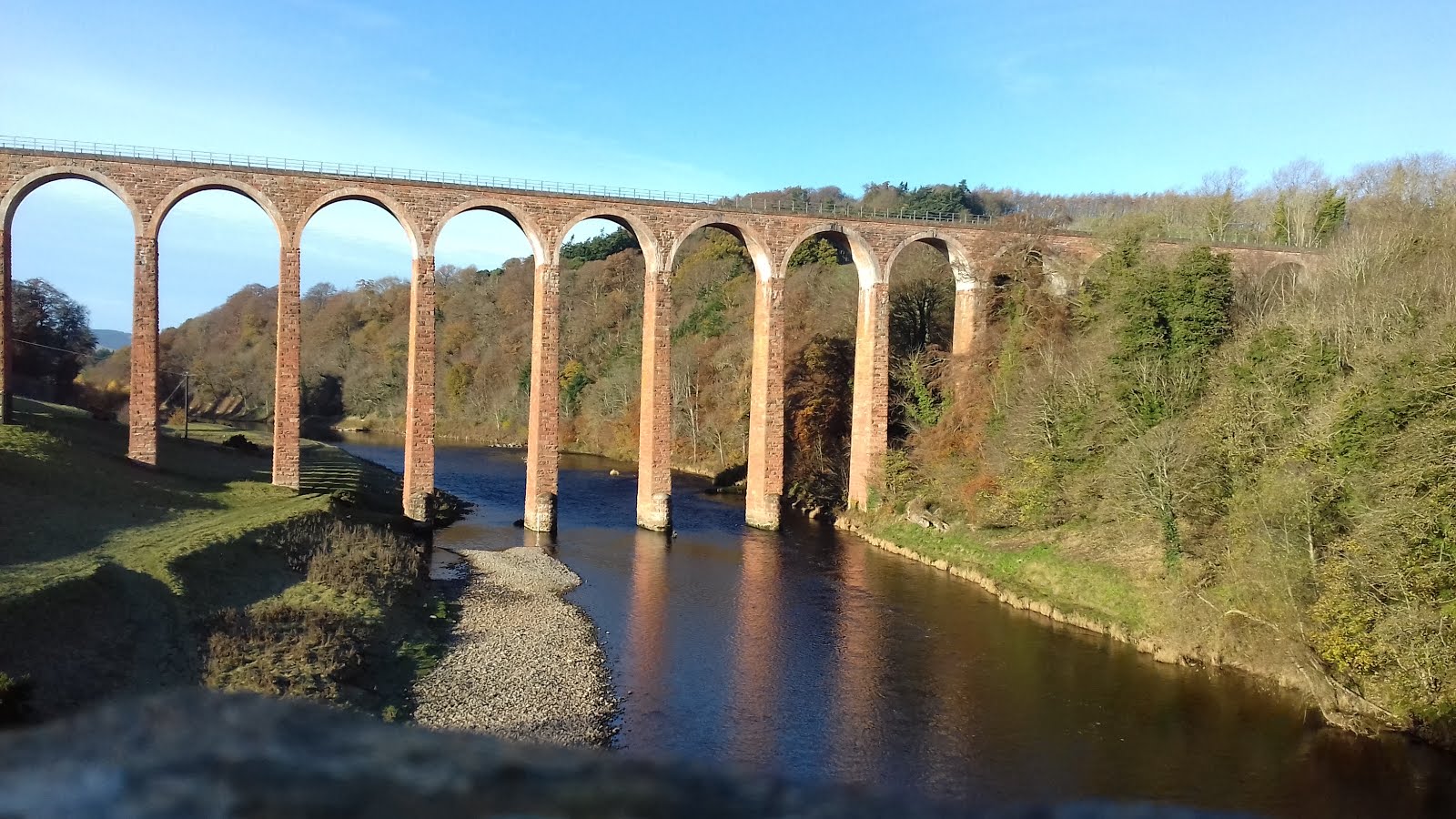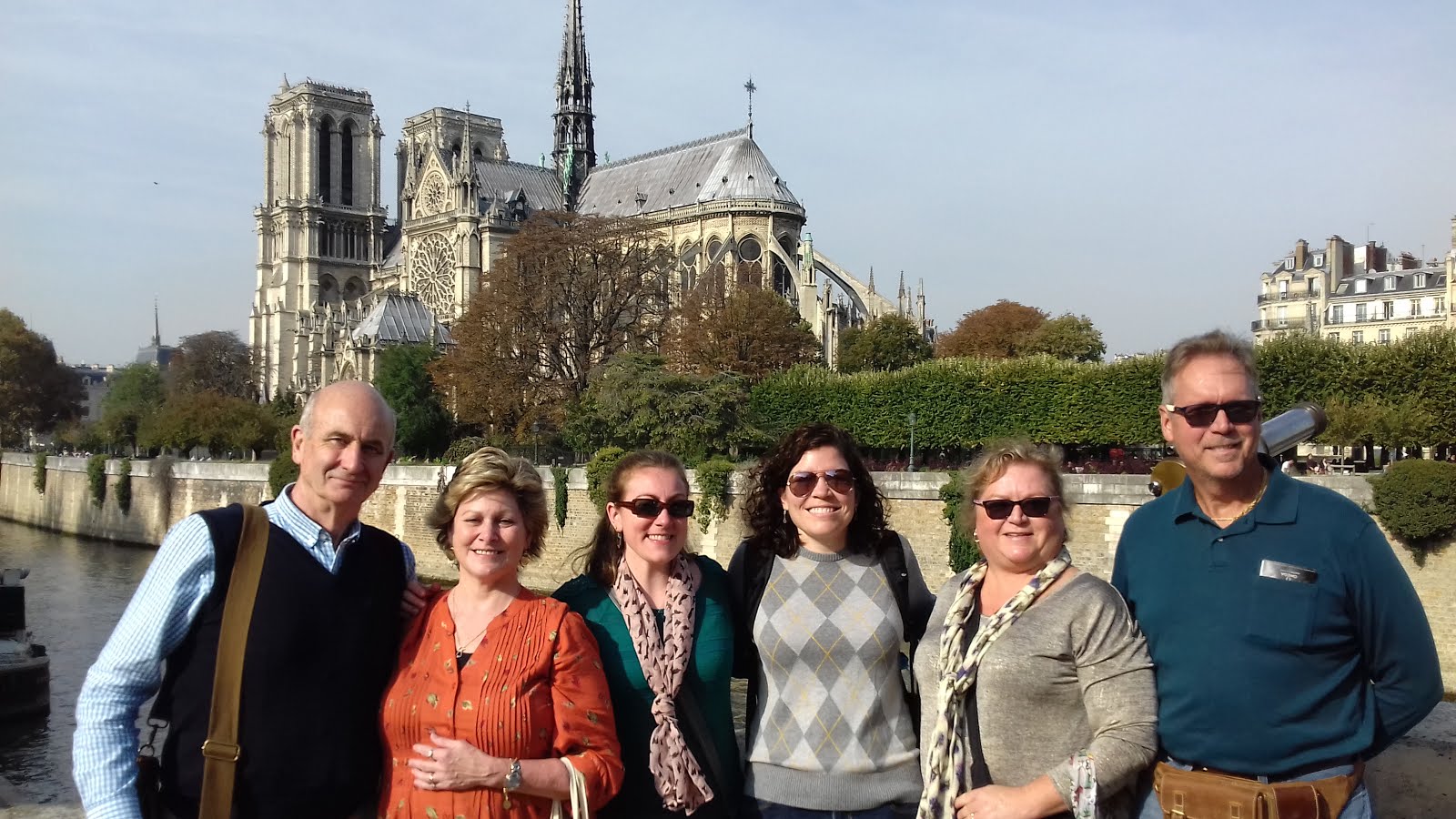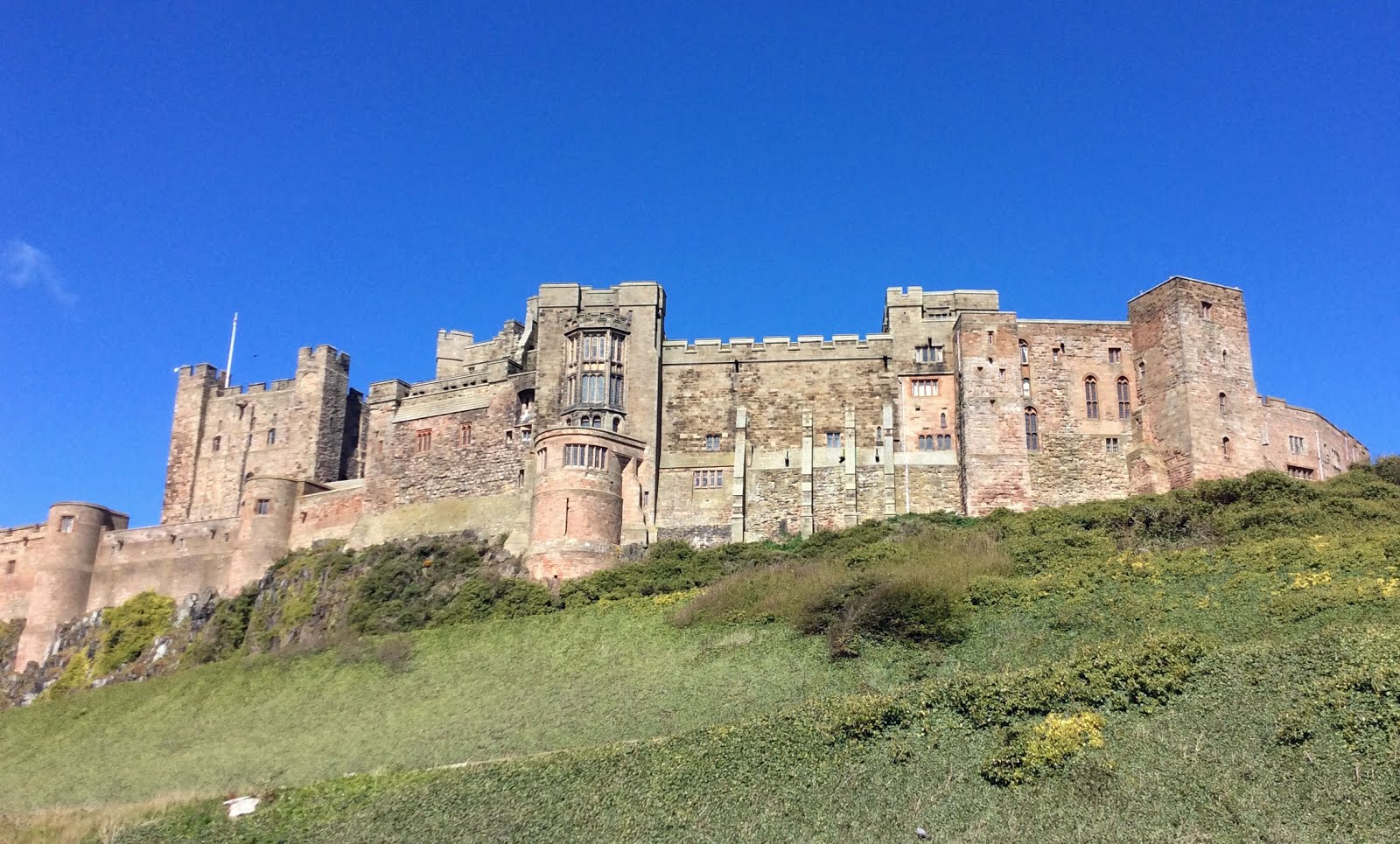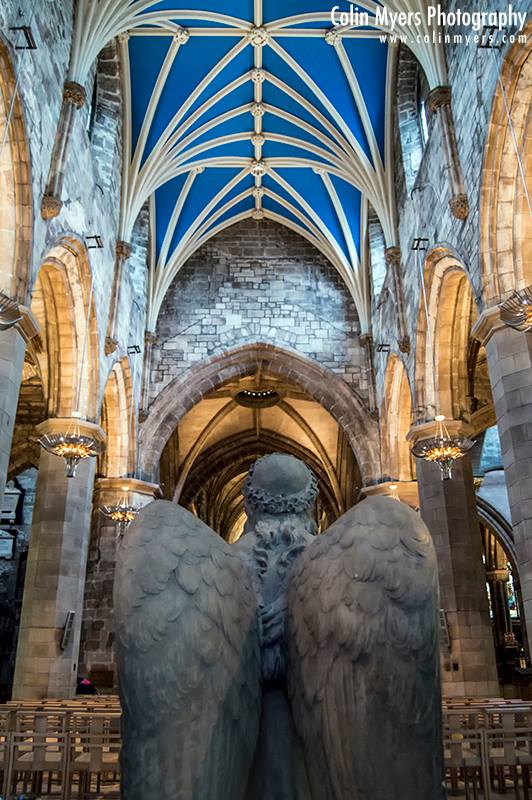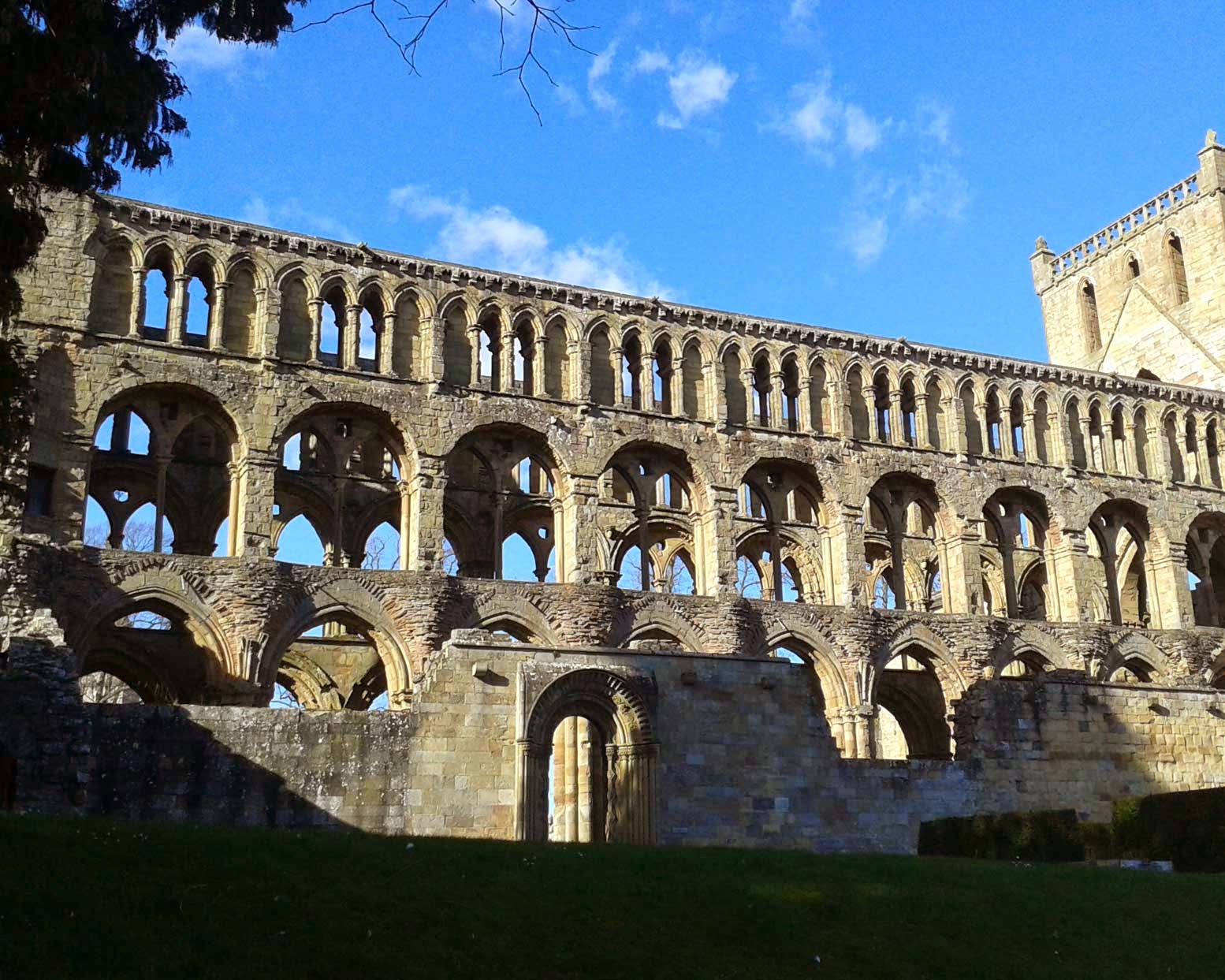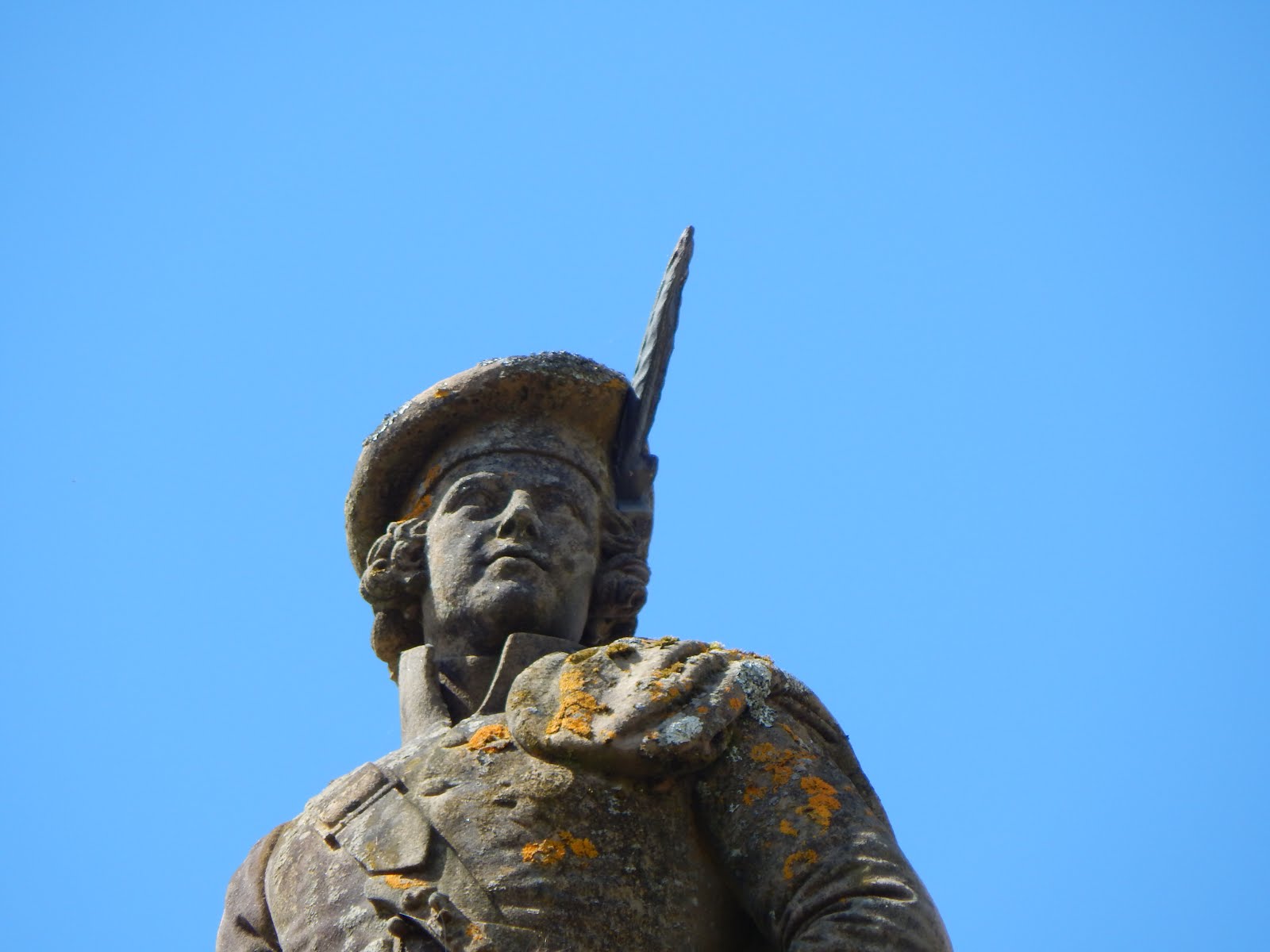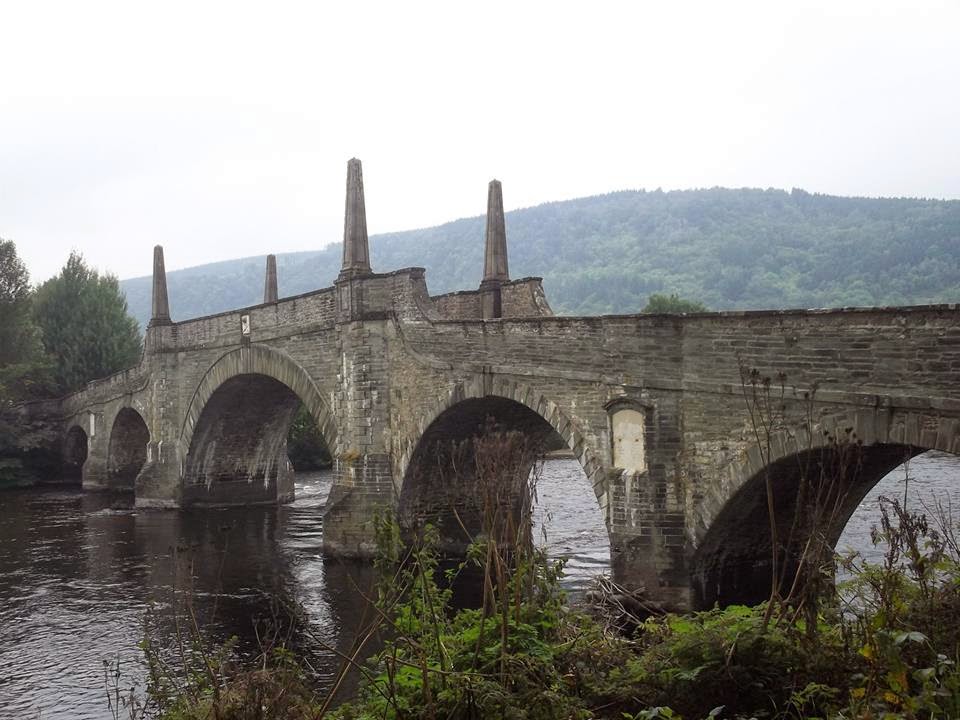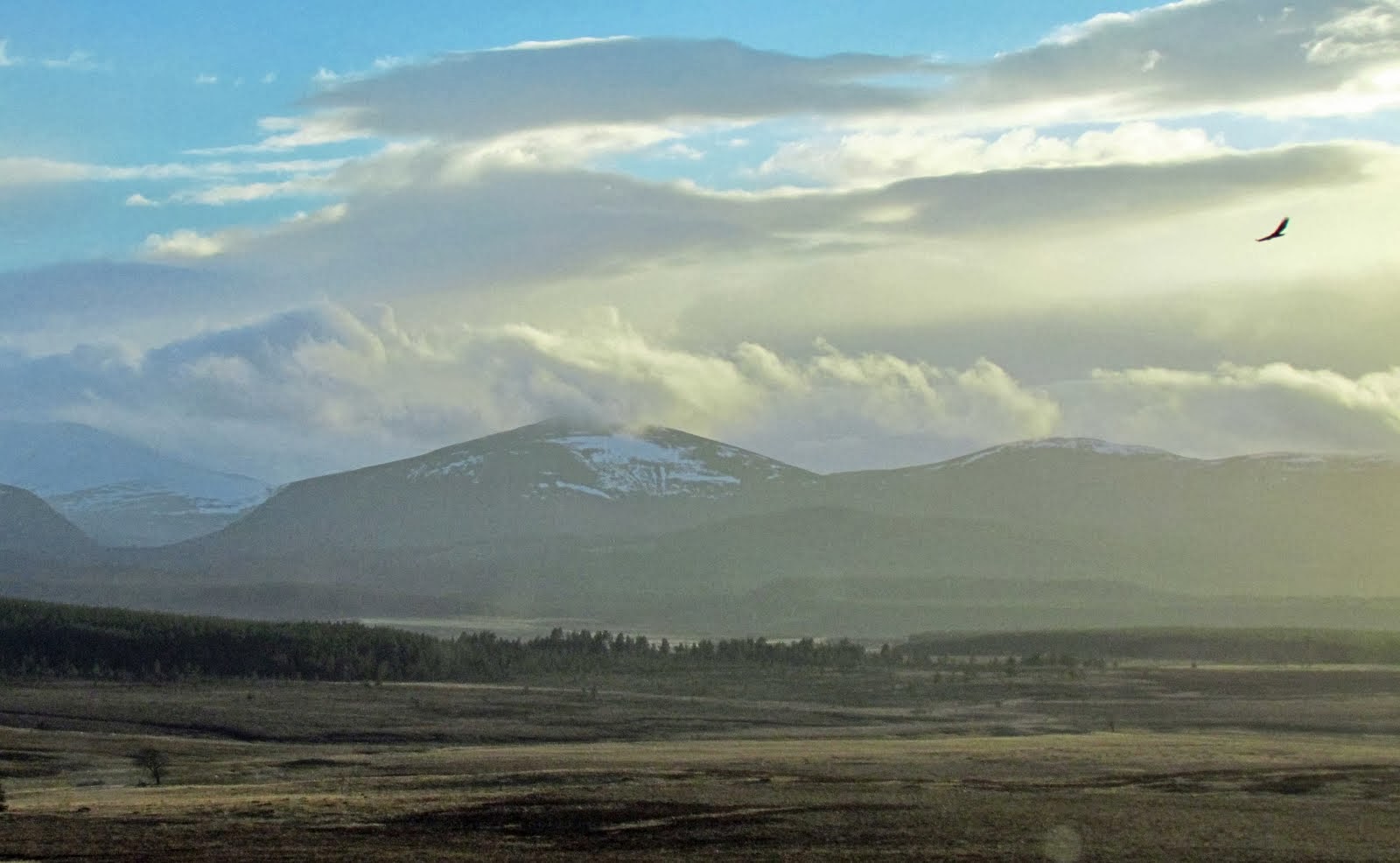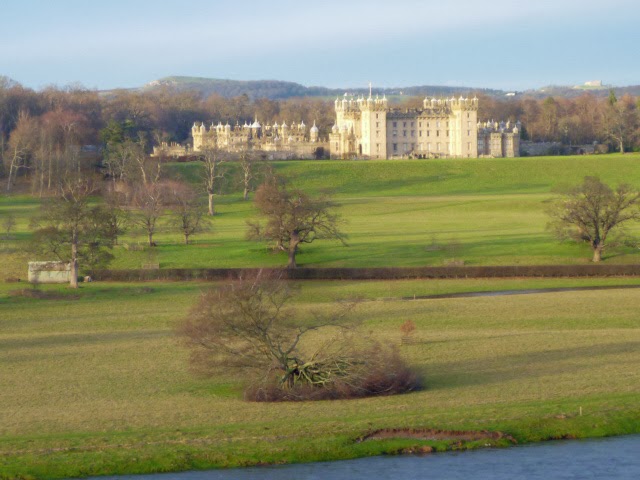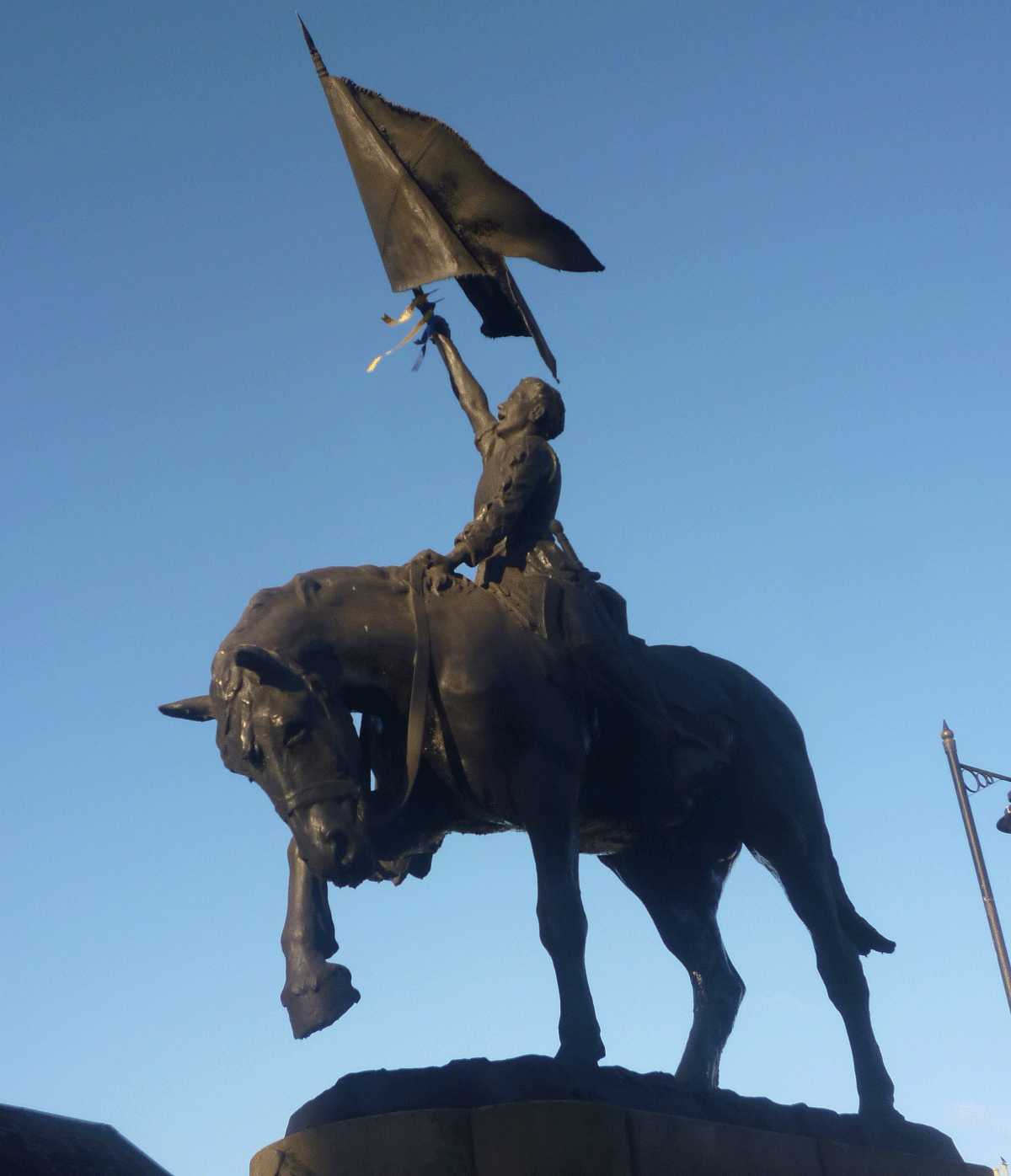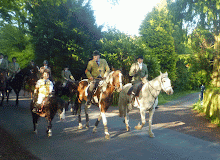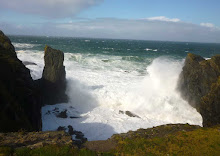Most people remember the scene in 'Braveheart' when Sir William Wallace, recently appointed Guardian of Scotland, is harangued by a figure in the corner about the Comyn claim to the Scottish throne. This was the 'Red Comyn', later killed by Robert the Bruce. His father was the 'Black Comyn', Earl of Buchan, Lord of Badenoch, also sometime Guardian of Scotland, who died in 1302 at Lochindorb Castle, an island fortress on the Dava Moor just north of Grantown-on-Spey.
 |
For many years the history, the location, the name 'Lochindorb' have fascinated me. I haved climbed all over it and last night enjoyed an excellent presentation given by Historic Scotland courtesy of the Cawdor Heritage Charity.
 |
| Inverlochy Castle by Fort William |
But, in troubled times, they lost control and when, in 1303, Edward I (Longshanks) was strutting his stuff around Scotland he spent ten days at Lochindorb - enjoying the hunting and destroying castles (such as Urquhart on Loch Ness).
In 1371 the Lordship of Badenoch was granted by King Robert II to his son Alexander, hoping perhaps that he would control the cateran and bring about some prosperity in the Highlands. Far from it. He became known as the 'Wolf of Badenoch', and when denounced by the Bishop of Elgin for putting aside his wife and marrying another, he rode out from Lochindorb and burnt not just the Cathedral but also Pluscarden Abbey.
By 1456 the castle was under the control of Archibald Douglas, Earl of Moray, who 'munitioned and fortified it against the king'. King James II, having taught the Douglases a lesson, then instructed the Thane of Cawdor to dismantle the castle. This he did, assuming possession of Lochindorb's 'yett' an impressive iron gate which can still be seen outside the Thorn Tree Room in Cawdor Castle.
The only disappointment of the evening was that these cautious academics refuse to accept that a foot beneath the water here was a causeway out to the island and that only the owners (and their horses) knew which way it twisted and turned. I, for one, am not going to let a nice story like that fade away: we must get out there and find it next summer!





